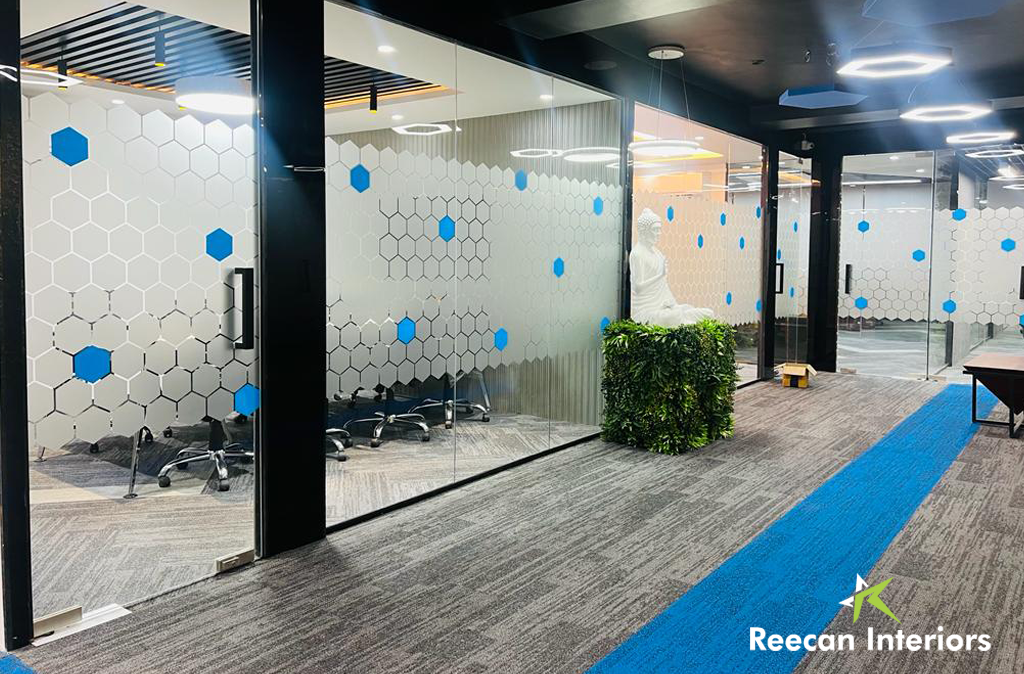A Closer Look at The Art of Boutique Hotel Design
Boutique hotels have emerged as a haven for travellers in the world of hospitality. It’s built for travellers who seek unique and immersive experiences. Generally, these hotels will have nearly 100 rooms with beautiful public areas that have a drawing room, communal outdoor spaces, or bars. The indoor and outdoor areas are carefully crafted by blending art, design, and architecture. However, these spaces also need to be functional for hotel guests and the general public. So, the interior design is essential to the hotel’s marketing.
From understated luxury to opulent elegance, boutique hotels in Kolkata are redefining the boundaries of style and sophistication. In this article, we’re looking at this world and examining how exceptional design elevates the hotel to success.
The Social Media ‘Shareability’ Factor
Boutique hotels are usually classified as smaller hotels. They often feel quaint and intimate. However, their size doesn’t mean they aren’t fashionable or sophisticated. Some of the best boutique hotels in Kolkata feature a strong artistic edge with a focus on custom personal experiences and distinct interior design.
Designing Around Social Media Sharing
During the stay, most boutique hotels give a feeling of ownership. The appeal of such hotels in recent times seemingly lies in the curious combination of being intimate and discrete, while providing guests with spaces worthy of being shared on Instagram.
So, ‘shareability’ emerges as a driving force behind the interior design strategy. Designers place a high priority on securing continuous PR and marketing for the brand by designing spaces that people can share online. Therefore, it might sound strange, but the more ‘Instagrammable’ your space is, the more people will share it, which makes it a worthwhile long-term investment.
Designing Around Personalised Experiences
Guests often pick boutique hotels for the home-away-from-home experience. They prefer this since it offers a more personalised service with fewer hotel guests. ‘The attention and care taken’ or ‘Taken care of’ is a serious consideration for a boutique hotel. Luxury hotels in Kolkata with fewer guests enable them to personally tailor services, reflecting lifestyle aspirations. And when guests share it online, their followers and friends might covet the same.
Design Differences Between Boutique and Luxury Hotels
There are many design variations between boutique hotels and luxury hotels.
Personalisation
The level of personalisation is drastic in the designs of boutique versus luxury hotel designs. Luxury hotels usually promote their brand value through their design. Meanwhile, boutique hotels ensure each space is personalised. For instance, let us consider the best hotels in Park Street, Kolkata. It’s mostly comprised of non-big chain hotels. If you book a room at The Park Hotels Kolkata, you’ll notice how each space is carefully designed based on the hotel’s history and character. On the other hand, if you’ve stayed in enough big-chain luxury hotels, their designs begin to blend.
Multifunctionality
Due to the dimensions of the space, boutique hotels are multi-functional. Taking The Park Hotels Kolkata as an example again, there are areas in the hotel that are both a brunch spot and a dance floor. They have clubs and banquet hall in kolkata, all under the same roof!
Individuality
A big-chain luxury hotel has a larger concept, so the designer for these projects will create a collection of varied room designs. These concepts will be repeated enough times to make sure all the units are easy to replicate without going over the budget. On the other hand, some of the best hotels to stay in Kolkata go down the boutique hotel route. This allows designers to design one-off units that are distinct and work better with the building.
All being said, are boutique hotels not luxurious at the end of the day? No, they are! They are just smaller pockets of luxurious interiors and experience! Boutique hotels aren’t here to impress you with their width or square footage. They are built to provide a visual and sensorial experience. They create beautiful and lush spaces that don’t have the distinct hotel vibe—it’s much more natural, almost as individual as how a person would set up their home.
When luxury meets boutique, a hotel can offer unique, intimate and personal experiences. Visual identity creates the brand identity, and this is enforced by the interior design. So, next time you go for a staycation at a boutique hotel, pay close attention!






